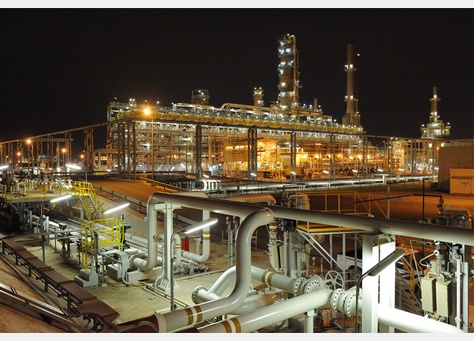Helium is a chemical element with He for the symbol and it has an atomic number of two. It is next most abundant element in the universe after hydrogen. About twenty four percent of the elemental mass of the universe is helium. It is a colorless, odorless, tasteless, non-toxic, inert, monatomic gas.
Helium is rare on Earth. It is present in the atmosphere in the ratio of about five parts per million. Helium is naturally produced by radioactive decay of of elements such as uranium and thorium. There were concerns that the world supply of helium was declining but recent studies suggest that there may be great quantities of helium trapped in cavities far below the surface of the Earth.
Helium is a very important element with many industrial uses including medical imaging, manufacturing and nuclear reactors. About a quarter of the helium produced in the world is used to cool superconducting magnets for MRI scanners. It is used as a protective atmosphere for arc welding and in processes that grow crystals for production of silicon wafers for electronics. Helium is a potential fuel for fusion reactors and is used as a coolant for the superconducting magnets that compress and restrain the plasma in the reactor. Russian companies are working on the Gas Turbine Modular Helium Reactor. It uses fast neutrons, is more efficient than conventional reactors and can transmute nuclear waste.
The U.S. was an early producer of helium from natural gas deposits under the center of the country. The Helium Natural Gas Reserve was established in 1925 in Amarillo, Texas to store gas for blimps. In 1927, the Helium Control Act was passed to ban the export of helium. After World War II, the market for helium was depressed but expanding industrial demands such as the use of liquid helium as a coolant to create oxygen/hydrogen rocket fuel increased the market for and production of helium. After the Helium Acts Amendments of 1960, the U.S. created five production plants for helium and routed pipelines from them to the gas reserve in Texas.
By 1995, there was a billion cubic meters of helium in the reserve and the reserve was over a billion dollars in debt. The Helium Privatization Act of 1996 directed the sale of the helium in the reserve and sales started in 2005. The U.S. had been the primary producer of helium for many years but then plants were built in other countries such as Qatar and Algeria. In 2012, the U.S. reserve held about thirty percent of the helium in the world. World demand and consumption increased and it was estimated that the U.S. would run out of helium from the reserve in 2018.
In 2013, the biggest helium production plant went operational in Qatar. In 2014, the world helium supply passed demand briefly but continued increases in demand have led to concerns about supply and prices. In June of this year, a consortium of Gulf states in the Middle East with the support of the U.S. administration set up sanctions on Qatar because of supposed support for terrorist groups and activities. By this time, Qatar was supplying about one third of the helium being produced in the world. Analysts fear that the sanctions on Qatar could destabilize the world market and send prices to new heights. Although the U.S. still has major reserves of helium and helium producing fields and plants, it is unlikely that U.S. producers could make up for the shortfall that may be caused by the Qatar sanctions which call for a air, land and sea blockade of Qatari products including helium.
The Qatar helium plants have been shut down and prices will soon rise. The thirteen demands on Qatar in order to have the sanctions lifted are being rejected by Qatar as an attempt to punish Qatar for its independence. The U.S. has supported the embargo so far but the U.S. has important military bases in Qatar and that may ultimately undermine U.S. support of the sanctions.
Qatar helium plant:
